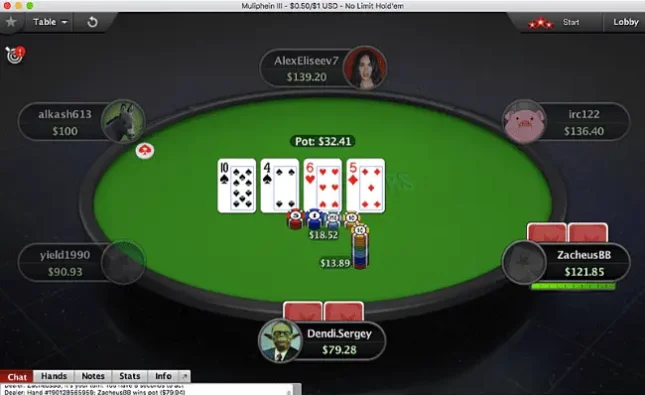
Share:
Understanding the mathematics of poker is essential for any player looking to elevate their game. Players who grasp these concepts hold a significant advantage over those who do not. Key mathematical elements like pot odds, expected value, and equity form the foundation of successful poker strategies. As players advance in stakes, they encounter opponents who are well-versed in these mathematical concepts, making it crucial to develop a solid understanding of them.
The Role of Poker Math in Winning
At its core, poker is a game of strategy and probability. The fundamental concepts of poker math, including pot odds, equity, and expected value, should influence your decisions throughout every hand. Whether you are in the pre-flop phase, on the flop, or on the turn, having a clear understanding of your hand’s equity in relation to your opponent’s likely range is vital.
When to Utilize Poker Mathematics
Mathematics should inform your decisions in nearly every scenario at the poker table. Basic concepts like pot odds and equity are relevant whether you’re deciding to call, raise, or fold. Expected value (EV) is another critical concept that players need to evaluate before making significant moves, such as betting or going all-in.
Practical Applications of Poker Math
Pot Odds
Pot odds represent the ratio between the total pot size and the bet you need to call. This calculation helps you determine whether a call is profitable. For instance, if the pot contains $100 and your opponent bets $50, the total pot becomes $150, giving you pot odds of 3:1. To determine if a call is profitable, convert your pot odds into a percentage to see if your hand’s equity justifies the call.
Calculating Pot Odds
- Calculate the Final Pot Size: If you call a $50 bet, the total pot will be $200 ($150 current pot + $50 call).
- Divide the Call Size by the Final Pot: Here, that would be $50 divided by $200, which equals 0.25.
- Convert to Percentage: Multiply by 100 to find the percentage: 0.25 * 100 = 25%. You need to win at least 25% of the time to profit from the call.
Implied Odds
Implied odds consider the potential future winnings from your opponent after hitting a draw. If you expect to extract more value from your opponent on later streets, you have favorable implied odds. Estimating these can be challenging due to the numerous variables involved, but they provide a broader view of whether a call is worthwhile, especially when combined with pot odds.
Sklansky Dollars
Introduced by poker expert David Sklansky, the Sklansky Dollar model calculates expected value based on hand equity. For example, if you go all-in for $100 and your opponent calls with an equal amount, and you have a 75.5% chance of winning, your theoretical win would be $151 Sklansky dollars (75.5% of $200). After subtracting your original bet, your expected value from this play would be a net gain of $51.
Expected Value
Expected value is a crucial metric that assesses the profitability of your plays over time. For instance, consider going all-in with pocket aces pre-flop. Statistically, this is a favorable move because it maximizes your chances of winning in the long run. Being aware of the EV of your decisions helps you identify profitable plays and mitigate losses from negative variance.
Example of Expected Value Calculation
Imagine you’re on the button with $200 in a $2/$4 cash game. If an opponent bets $30 into a $38 pot, you could either call or shove all-in. If you shove and the opponent folds 66% of the time, your expected value would be positive, reinforcing the importance of making such plays.
Equity
Equity represents the percentage of the pot that you can expect to win based on your hand’s chances against your opponent’s range. For instance, if you hold pocket aces against pocket kings pre-flop, your equity is approximately 80%. Understanding equity allows you to make informed decisions about your hand’s strength relative to your opponents.
Fold Equity
Fold equity is the likelihood that your opponent will fold to your bet. If you believe there is a 33% chance your opponent will fold in a $100 pot, you have $33 of fold equity in that situation. When you determine that your opponent is unlikely to fold, your ability to bluff effectively decreases, necessitating a shift in strategy.
Understanding Equity with Drawing Hands
Knowing your equity is vital when drawing to improve your hand. Understanding how your hand’s potential compares to your opponent’s range will guide you in making strategic decisions, whether you’re pursuing a flush or straight draw.
In summary, mastering the mathematics of poker is key to becoming a successful player. By leveraging concepts such as pot odds, implied odds, Sklansky dollars, expected value, equity, and fold equity, you can make informed decisions that enhance your overall performance at the tables. Embrace these mathematical principles to sharpen your skills and increase your winnings in the long run.













